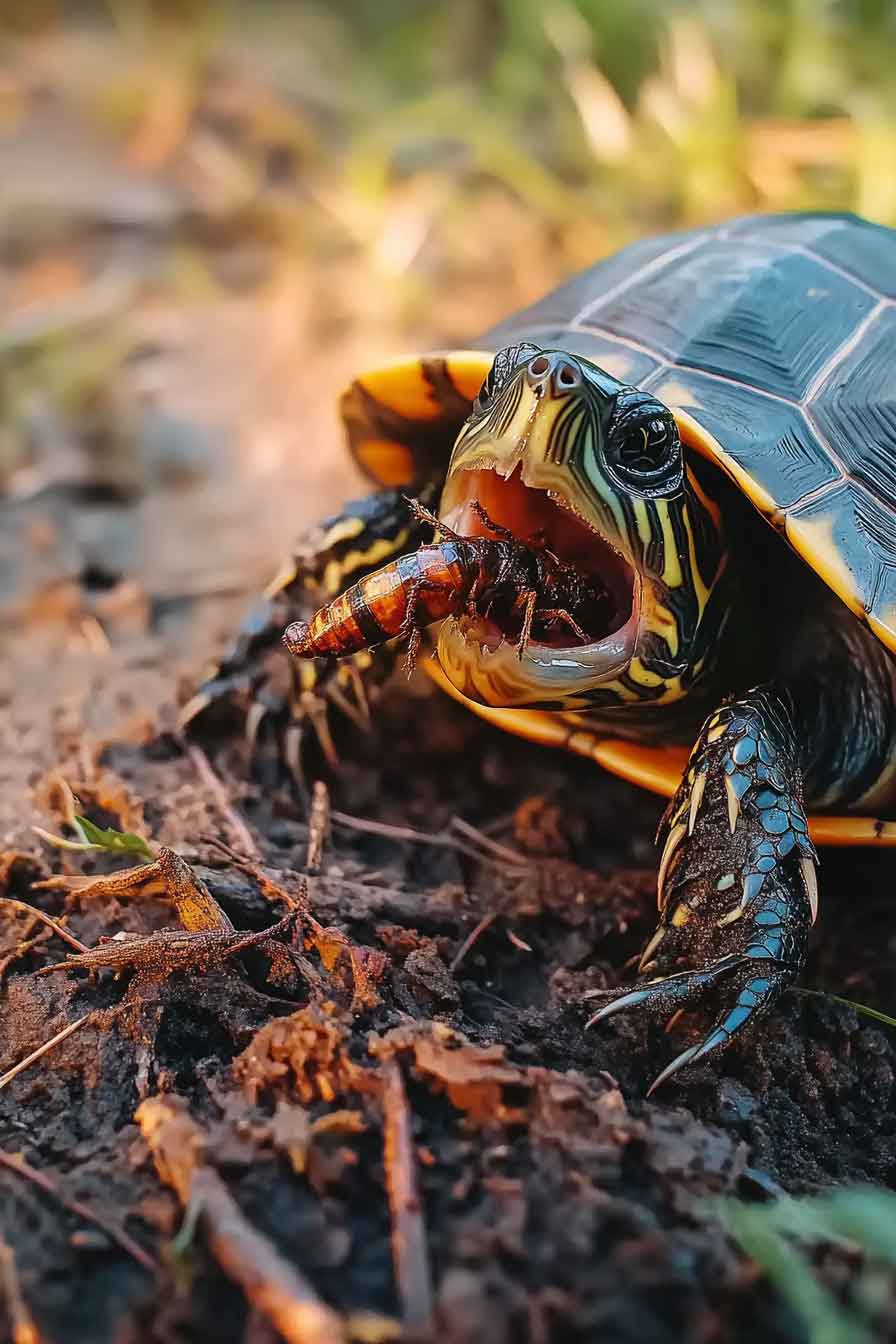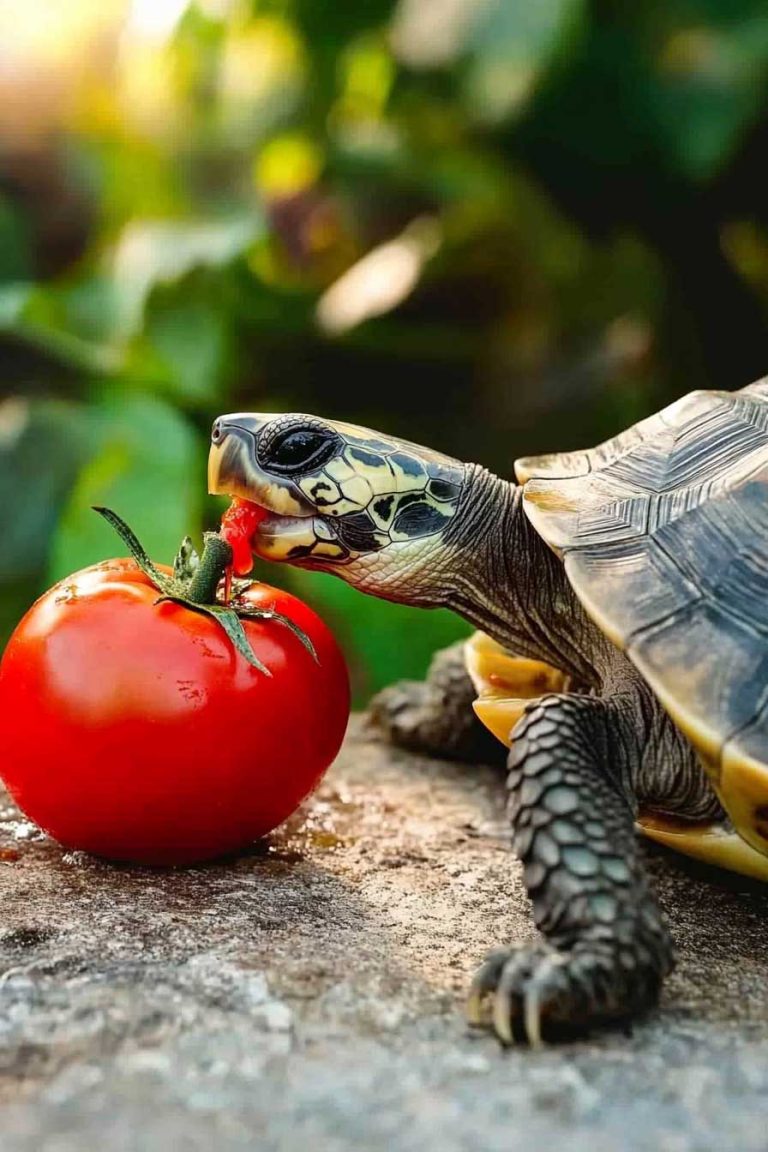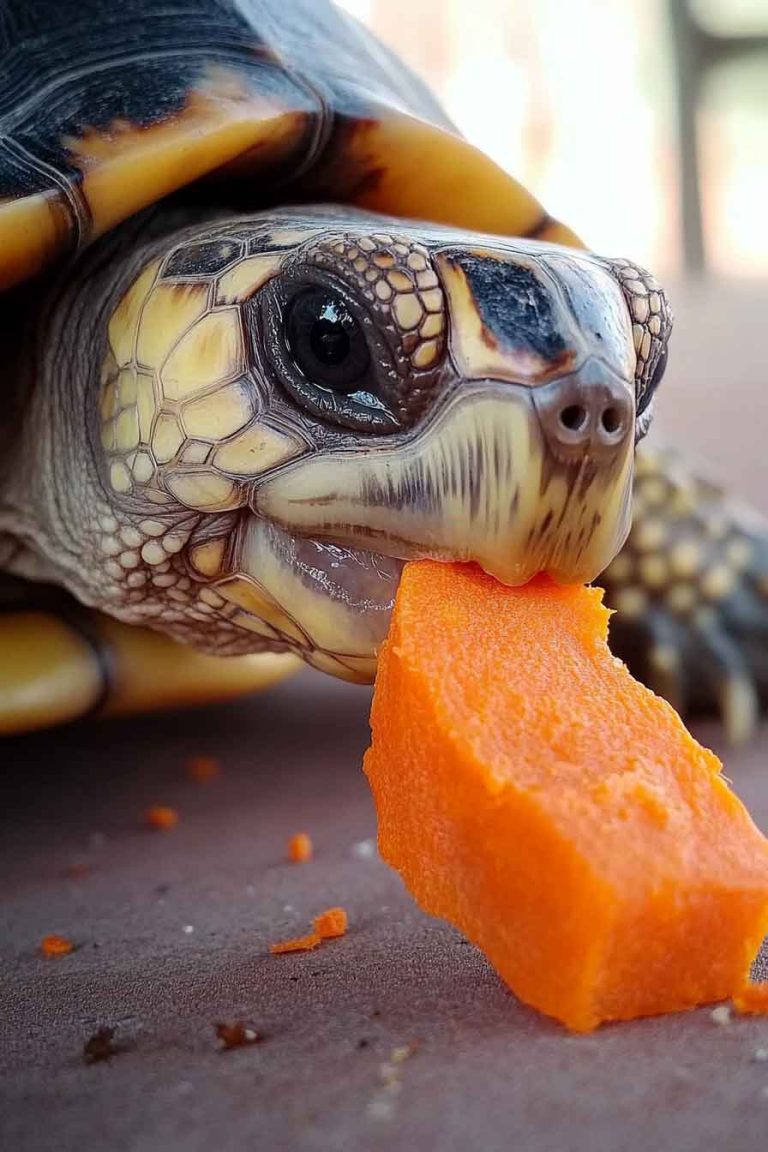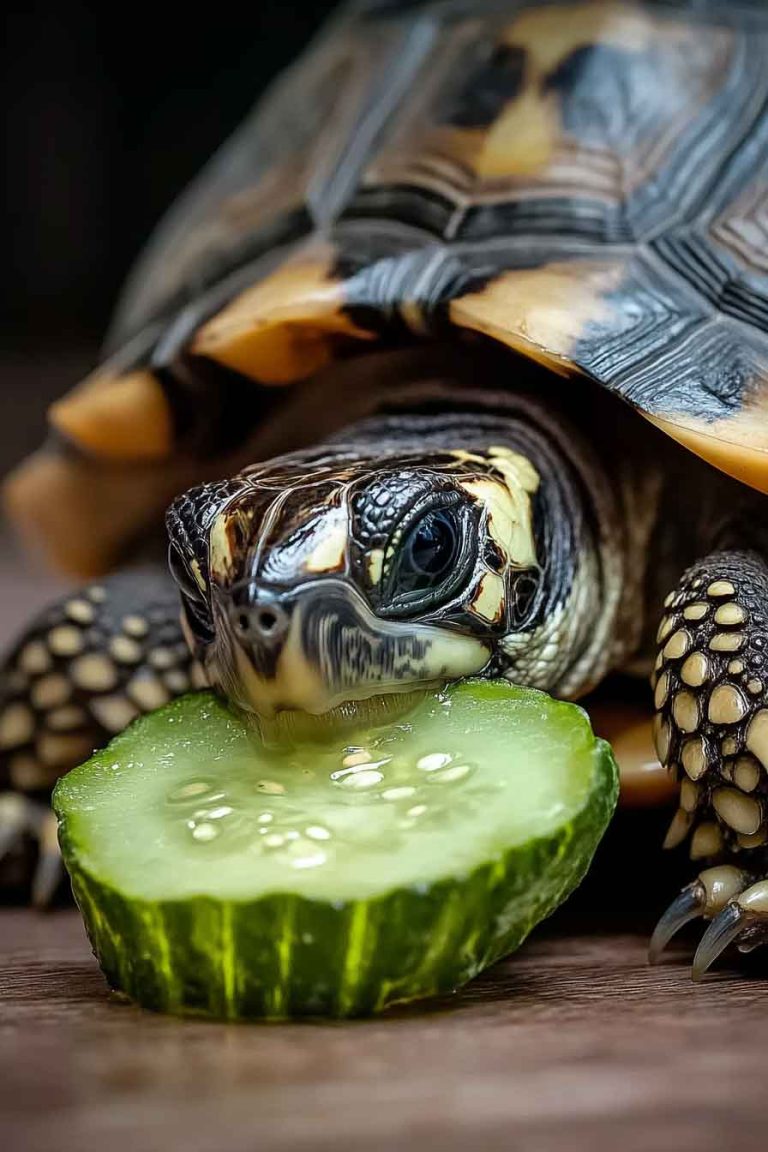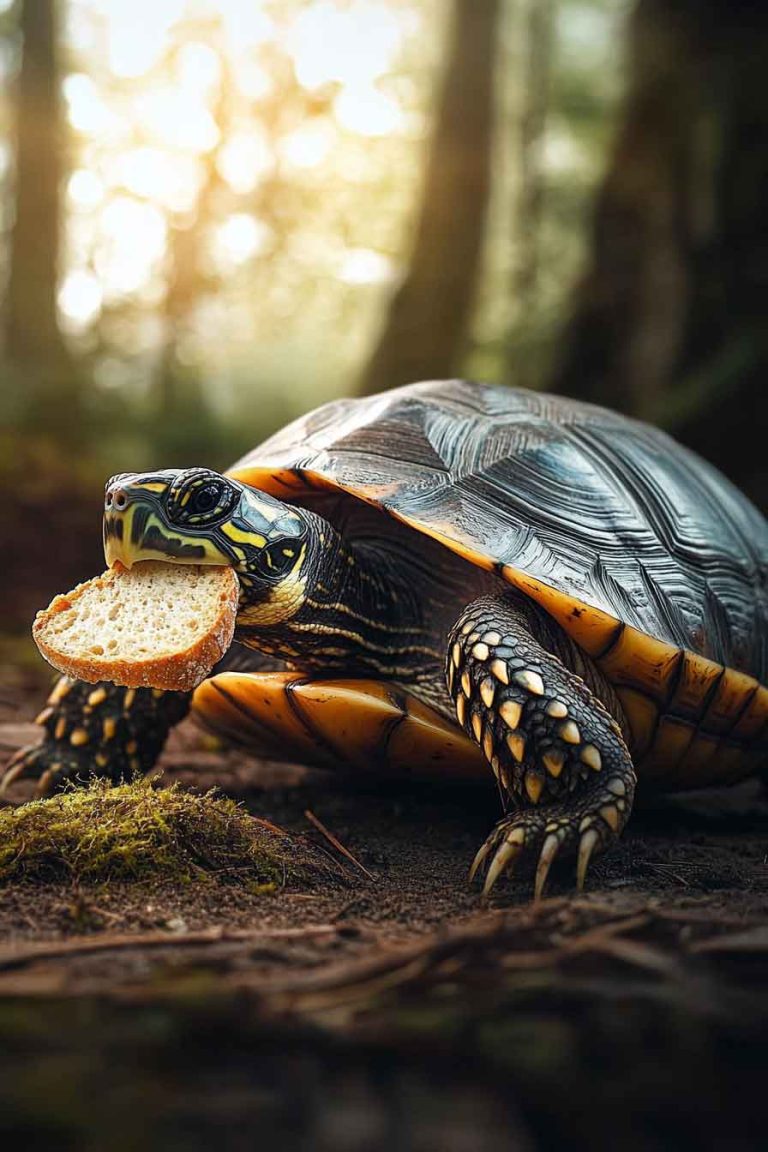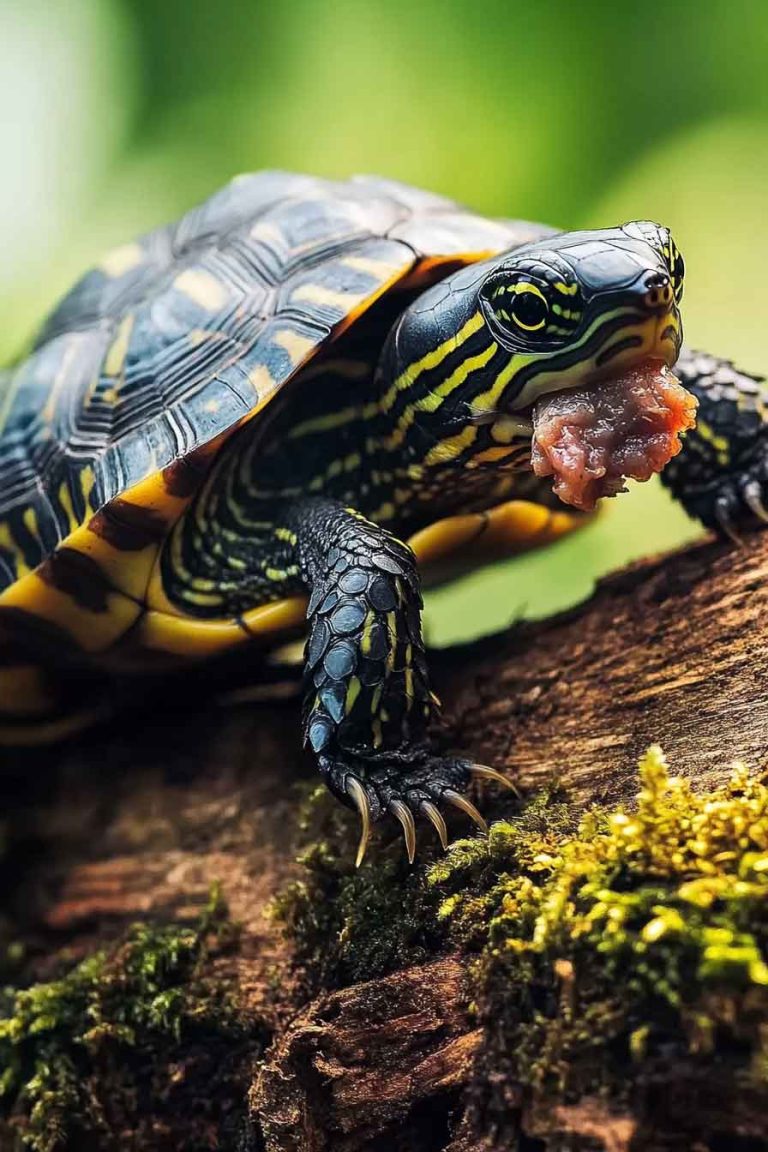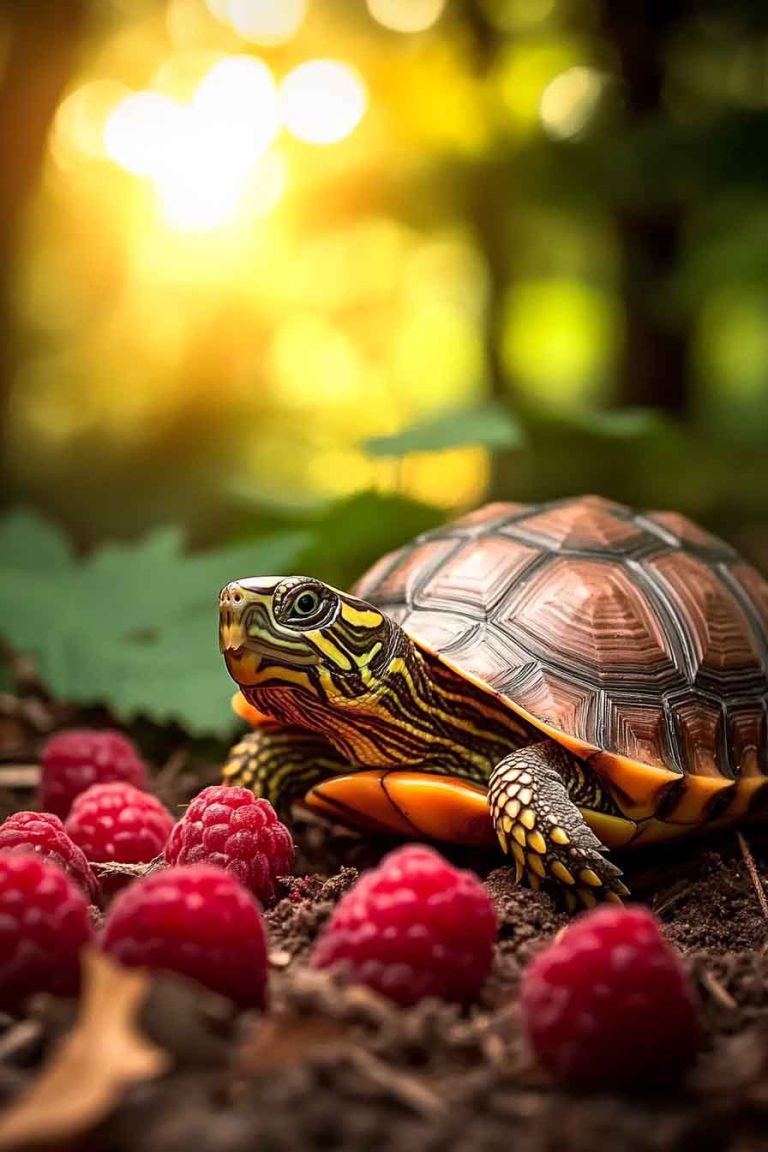Can Turtles Eat Crickets? Benefits, Risks, and Feeding Guide
If you’re like me, you want the very best for your turtle. And part of that means giving them food that’s not just safe—but also good for their health. I remember the first time I saw my turtle chase after a cricket. It got me wondering—can turtles eat crickets? Are they just a fun snack,…
If you’re like me, you want the very best for your turtle. And part of that means giving them food that’s not just safe—but also good for their health. I remember the first time I saw my turtle chase after a cricket. It got me wondering—can turtles eat crickets? Are they just a fun snack, or do they actually offer something valuable?
The short answer? Yes, turtles can eat crickets—and they’re actually really good for them. But like anything else, there are a few important things to know before tossing one into the tank.
In this article, I’ll share everything I’ve learned about feeding crickets to turtles. From why crickets are beneficial to how to feed them safely, I’ve got you covered—based on my own experience and research.
Can You Feed Crickets to Your Pet Turtle?
Absolutely. In fact, crickets are a natural part of a turtle’s diet, especially for species that eat both plants and protein. In the wild, turtles often munch on insects, small bugs, and anything that moves. Crickets fit right into that pattern.
They’re high in protein, which turtles need for muscle development, growth, and shell strength. I especially like using crickets for my younger turtles, when their bodies are still developing and they need that extra protein boost.
But not all crickets are created equal. I never give my turtle wild crickets. Why? Because wild ones might carry parasites, bacteria, or traces of pesticides. That’s risky. I only use gut-loaded, farm-raised crickets—the kind you get from a pet store or reliable breeder. “Gut-loaded” means the crickets have been fed a healthy diet before your turtle eats them, so they pass along more nutrients.
Why Are Crickets Good for Turtles?
Crickets aren’t just fun for turtles to hunt—they’re nutritional powerhouses, too. Here’s what makes them such a solid choice:
- High-quality protein – Turtles need this for muscle repair and shell health.
- Low fat – Helps prevent obesity in captive turtles.
- Natural source of calcium – Though small, it helps.
- Stimulates natural hunting behavior – Keeps your turtle mentally active and less bored.
- Easy to digest – Crickets are soft-bodied and break down well in a turtle’s system.
Here’s a look at what’s in 100 grams of dried crickets:
- Protein: 60–65g
- Fat: 15–20g
- Calcium: 75–100mg
- Phosphorus: 250mg
- Fiber: 5–10g
As you can see, they’re protein-rich and offer some minerals. But keep an eye on that phosphorus level—it’s pretty high compared to the calcium. Turtles need a 2:1 calcium-to-phosphorus ratio in their diet, and crickets don’t quite meet that on their own. That’s why I always dust them with a reptile calcium supplement before feeding. It’s an easy fix and keeps my turtle’s shell in great shape.
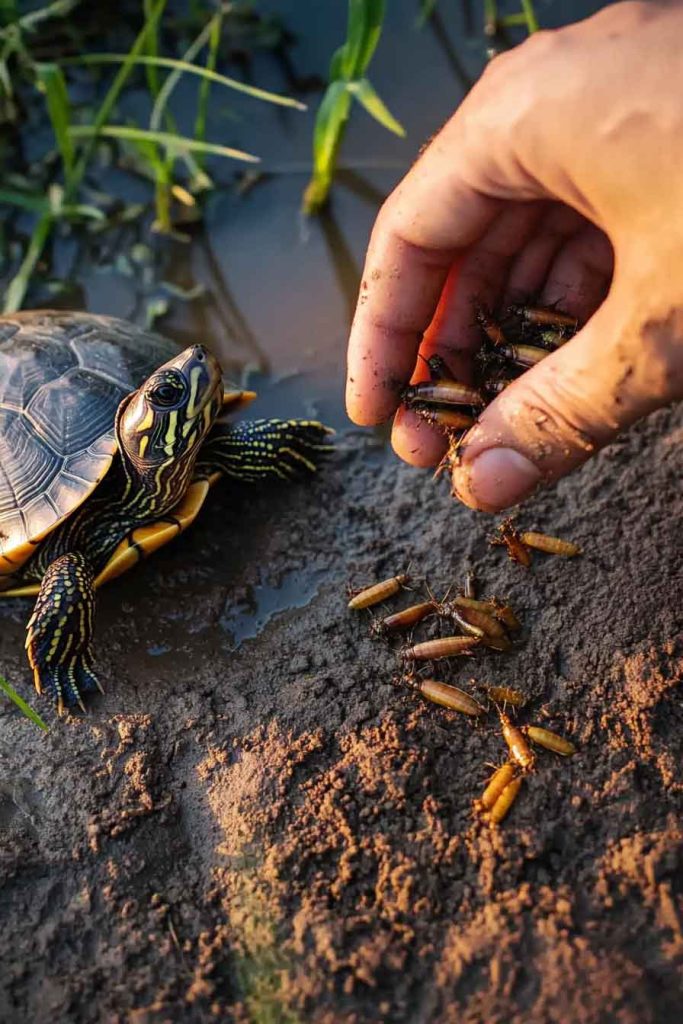
How Often Should You Feed Crickets to Turtles?
Now, just because crickets are healthy doesn’t mean they should be the main part of your turtle’s diet. I treat them like a protein supplement or snack—something that adds variety and nutrition but doesn’t replace their balanced meals.
Here’s how I usually plan it:
- Baby and juvenile turtles: 3–4 times a week (they need more protein while growing).
- Adult turtles: 1–2 times a week (their diet should shift toward more veggies).
If I feed too many crickets, I notice my turtles get a little less interested in their greens. That’s a sign I need to pull back. It’s easy to overdo it when you see them get so excited—but balance is key for long-term health.
Also, I try to avoid feeding them right before bedtime. Crickets are active, and turtles like to chase them around. Feeding during the day gives my turtle time to move, digest, and settle.
Live vs Dried Crickets – What’s Better?
I’ve used both, and each has its pros and cons.
Live Crickets
- Pros: More natural, fun to chase, encourages movement.
- Cons: Can hide in the tank, might bite your turtle if left too long, need to be kept alive.
If I’m feeding live ones, I drop them in one at a time. That way I can watch my turtle eat and make sure no crickets escape or crawl under décor.
Dried Crickets
- Pros: Easy to store, no noise, no escapees.
- Cons: Less nutrition unless gut-loaded and dusted, not as fun for the turtle.
For dried crickets, I usually soak them in warm water for a few minutes before feeding. It softens them and makes them easier to digest.
Overall? I prefer live gut-loaded crickets when I have time, and dried crickets when I need something quick.
What Happens If Turtles Eat Too Many Crickets?
Feeding too many crickets can cause problems—just like eating too many snacks. Too much protein can strain your turtle’s kidneys and lead to pyramiding (a shell deformity caused by uneven growth). And remember that calcium-phosphorus imbalance we talked about? That gets worse if protein is all they’re eating.
I also learned the hard way that uneaten crickets can cause stress in the tank. They can crawl onto basking areas, bite turtles, or even drown and rot, messing up the water quality. That’s why I always clean up any leftovers right after feeding.
Can Baby Turtles Eat Crickets?
Yes, they can—and honestly, they should! Baby turtles need more protein than adults because they’re still growing. Crickets are a great way to give them that boost.
But here’s what I’ve learned: baby turtles have tiny mouths and softer bites, so I only offer small-sized crickets (like pinhead crickets or mini ones). Large crickets can be too tough or even a choking risk for hatchlings.
I also make sure every cricket is gut-loaded and dusted with calcium. Babies grow fast, and missing out on calcium now can lead to shell deformities and weak bones later on.
Do All Turtle Species Eat Crickets?
Most omnivorous and carnivorous turtles will happily eat crickets. Some of the ones I’ve seen do well with crickets include:
- Red-Eared Sliders
- Painted Turtles
- Box Turtles
- Map Turtles
- Mud and Musk Turtles
However, if you have a turtle that’s more herbivorous—like a tortoise—they probably won’t be interested. And even if they are curious, crickets shouldn’t be part of their regular diet.
Final Thoughts
Crickets are more than just wiggly treats—they’re a natural, protein-rich snack that can be a healthy part of your turtle’s diet when used the right way. I’ve been feeding them to my turtles for years, and I’ve seen the benefits firsthand: better energy, stronger shells, and happier pets.
Just remember:
- Always use gut-loaded, pesticide-free crickets
- Dust with calcium
- Don’t overfeed—balance is everything
- Watch how your turtle responds, and adjust as needed
Being a turtle owner means paying attention to the little things. Crickets might seem small, but they can make a big difference in your turtle’s health if you feed them right.
Frequently Asked Questions (FAQs)
Can Red-Eared Slider Turtles Eat Crickets?
Yes! My red-eared slider loves crickets. Just make sure they’re not too big and are gut-loaded.
Can Painted Turtles Eat Crickets?
They sure can. Painted turtles are omnivores and benefit from the protein in crickets.
Can I Feed My Turtle Crickets Every Day?
No. It’s best to offer them as a treat, 1–3 times per week, depending on your turtle’s age and diet.
Can Wild Crickets Be Fed to Turtles?
It’s risky. Wild crickets can carry harmful chemicals or parasites. Always stick to store-bought, clean sources.

